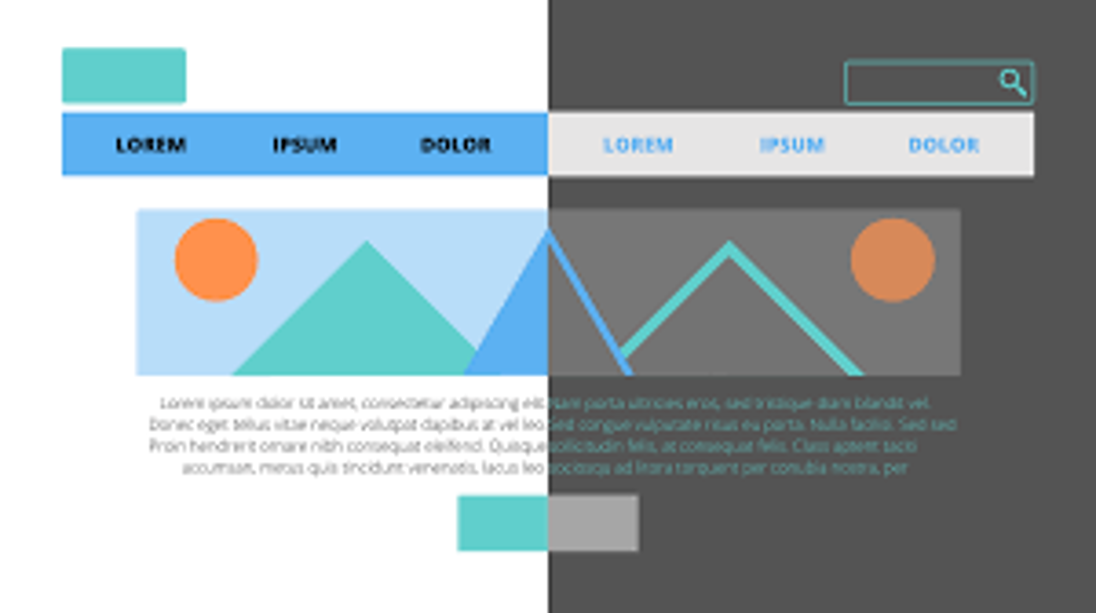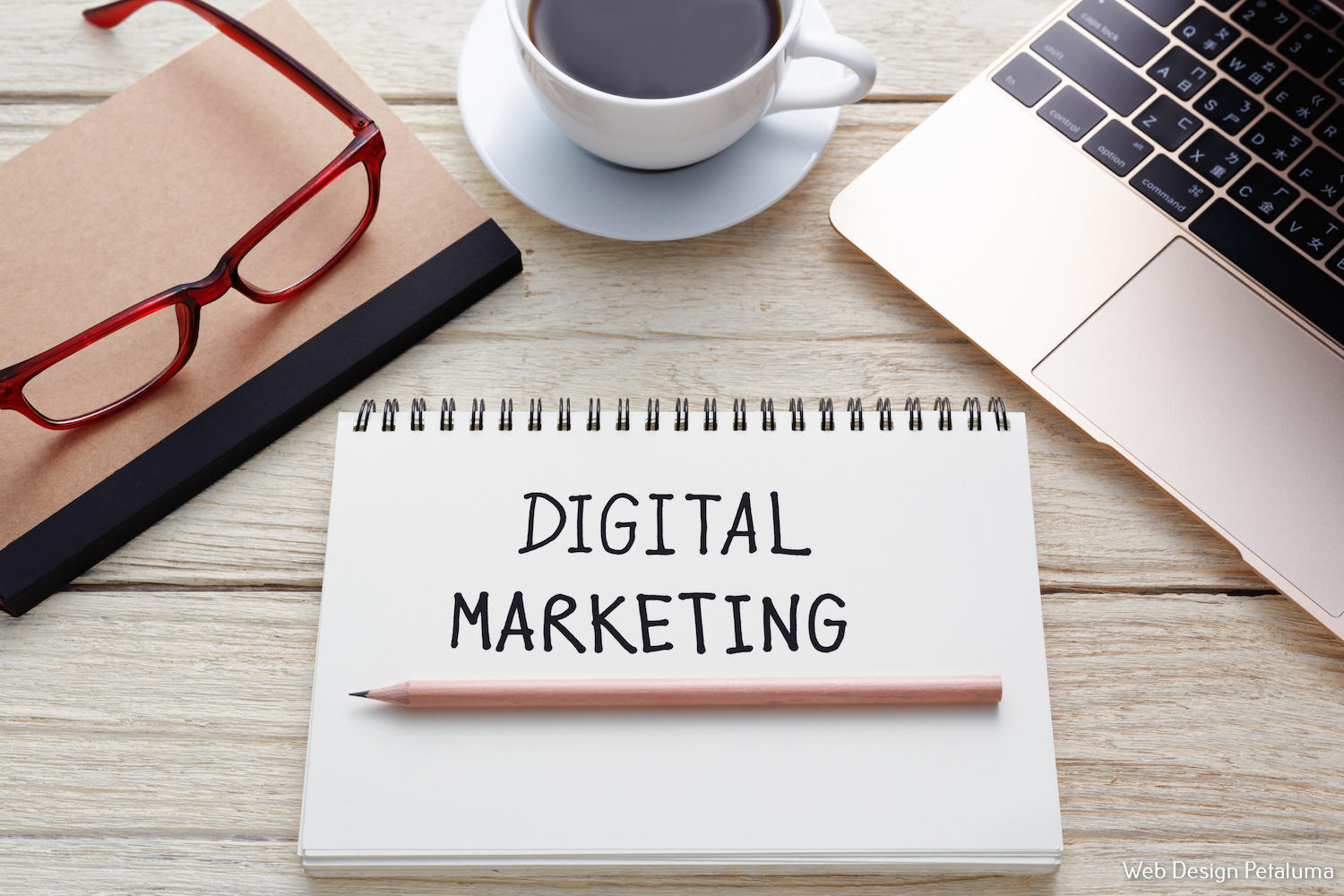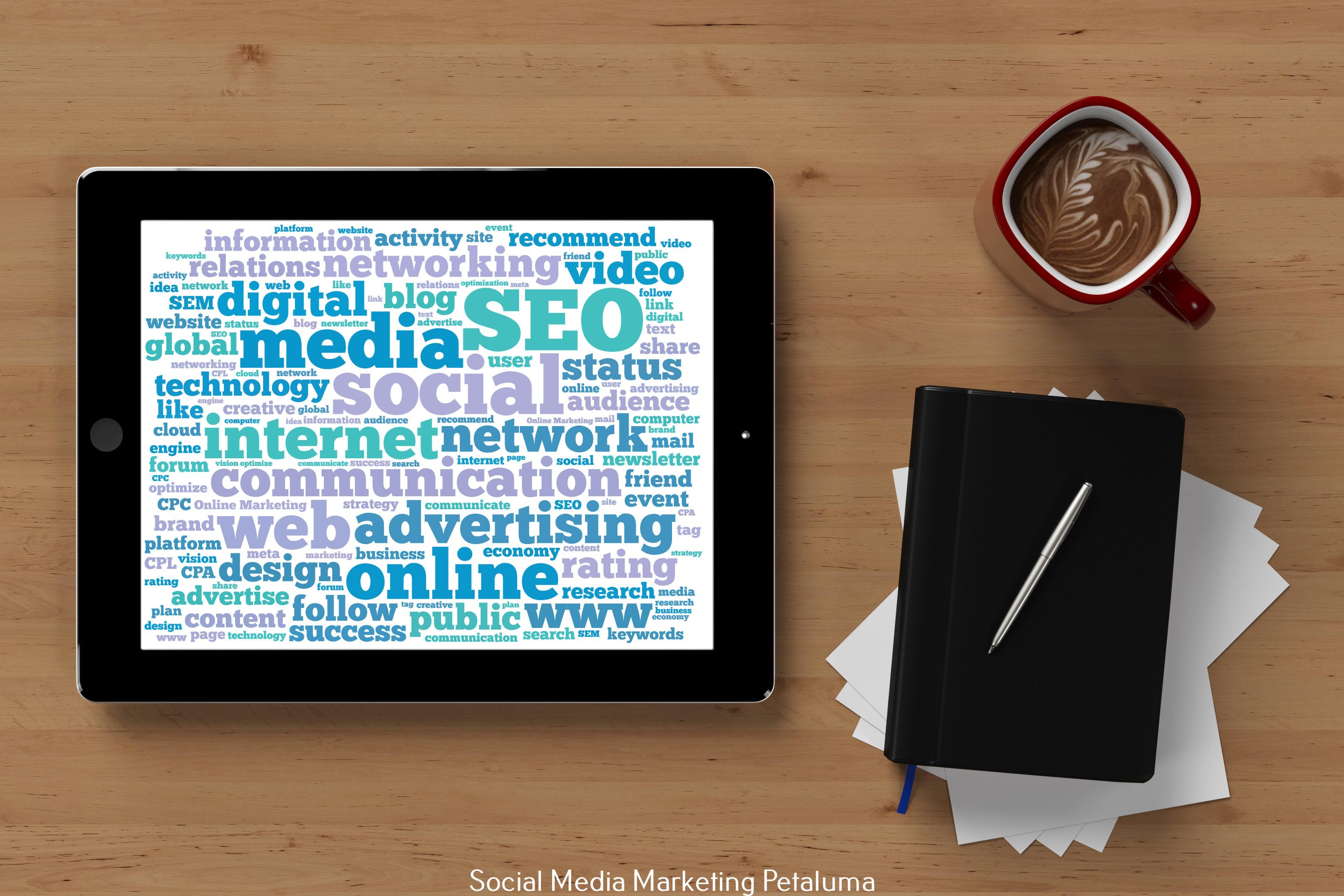We’ve all been there – staring at a blank page, trying to come up with new and innovative ideas for content. It can be exhausting and overwhelming, especially when you’re expected to constantly produce fresh content for your business or brand. But what if I told you that you don’t always have to start from scratch? In fact, one of the most effective ways to create new content is by repurposing old ideas. Here’s how you can master the art of repurposing and use it to your advantage.
Why Repurpose?
Before we dive into the strategies for repurposing, let’s first understand why it’s important. As mentioned earlier, constantly coming up with new ideas can be a daunting task. On top of that, creating original content takes time and effort. By repurposing old ideas, you not only save time and effort but also give your audience a chance to revisit some of your best content.
Furthermore, not all your audience members consume content in the same way. Some might prefer reading blogs while others prefer watching videos or listening to podcasts. Repurposing allows you to reach a wider audience by presenting the same information in different formats.
Identify Your Best Content
The first step in repurposing is identifying which pieces of content have performed well in the past. This could include blog posts with high engagement rates or videos with a large number of views. By focusing on already successful pieces, you increase the chances of creating successful repurposed content.
Brainstorm New Formats
Now that you have identified your best performing content, it’s time to brainstorm new formats for repurposing them. For example, if you have a popular blog post on “5 Tips for Social Media Marketing”, consider turning it into a video series where each tip is explained in detail or an infographic highlighting key points.
Another option would be turning a series of blog posts into an e-book that can be downloaded by your audience. You can also take a webinar you’ve previously hosted and repurpose it into a podcast episode or vice versa. The possibilities are endless, so get creative and experiment with different formats to see what works best for your brand.
Update Old Content
While repurposing old content, it’s important to make sure that it is still relevant and up-to-date. Take the time to review your old content and update any information that might have changed. This not only improves the quality of your repurposed content but also ensures that your audience is getting accurate information.
For example, if you have a blog post from 2018 on “The Top Digital Marketing Trends”, make sure to update it with the latest trends for 2021 before repurposing it as an infographic or video.
Leverage Social Media
Social media is a great platform for repurposing content in bite-sized pieces. Take snippets from your longer pieces of content and share them on social media platforms like Instagram, Twitter, or LinkedIn. This not only increases reach but also entices your audience to check out the full piece on your website.
You can also create Instagram stories or reels using quotes or statistics from your blog posts or videos. These short-form pieces of content are highly engaging and easily shareable, making them perfect for repurposing.
Repurpose Across Different Platforms
Just as different formats cater to different audiences, different platforms do too. Make sure to share your repurposed content across all relevant platforms like social media, email newsletters, YouTube, etc. Not all of your followers may be subscribed to all of these channels, so by sharing across multiple platforms you increase the chances of reaching a wider audience.
Don’t Forget SEO
When repurposing old content for new formats or platforms, don’t forget about SEO (Search Engine Optimization). Make sure to optimize each piece of repurposed content with appropriate keywords and meta descriptions to improve its visibility and ranking on search engines. This will not only drive more traffic to your website but also attract new audiences who are searching for similar content.
In Conclusion
Repurposing old ideas is a powerful tool in your content creation arsenal. Not only does it save time and effort, but it also allows you to reach a wider audience and improve the overall quality of your content. By identifying your best-performing content, brainstorming new formats, updating old content, leveraging social media and SEO, you can master the art of repurposing and take your digital marketing game to the next level. So don’t be afraid to repurpose – your audience will thank you for it!






































0 Comments